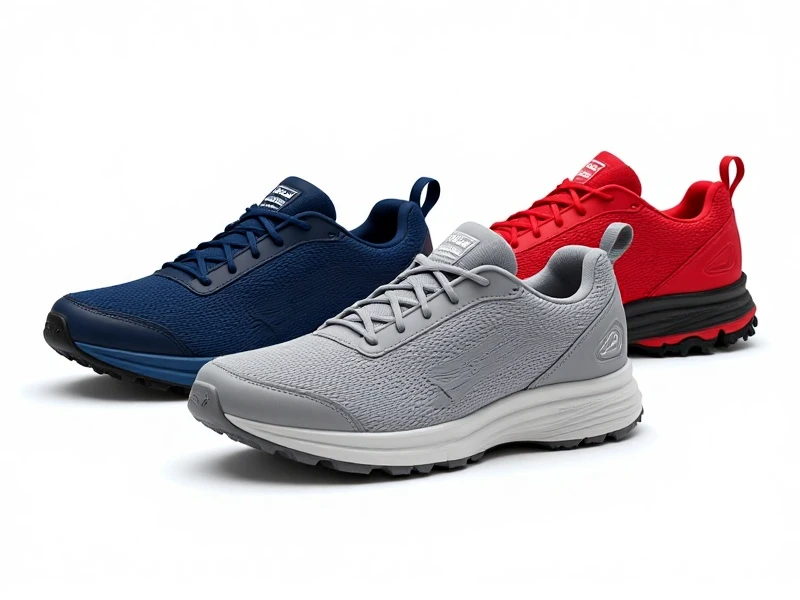
The Ultimate Guide to Stability Running Shoes: Support Your Stride
Here is an SEO-optimized article targeting "stability running shoes", within the specified guidelines:
Finding the perfect fit for your running journey is crucial, especially if you experience inward rolling of the foot (overpronation). That's where stability running shoes become essential gear. Designed to offer enhanced support and guide your stride, these shoes help prevent discomfort and injuries, allowing you to run stronger and longer.
Unlike neutral shoes, stability shoes incorporate specific technologies to counteract overpronation. The core feature is often medial support integrated directly into the midsole. This commonly takes the form of denser foam on the inner side of the heel and/or midfoot, creating a wedge that gently steers your foot into a neutral position as it strikes the ground and rolls forward. Other key elements include structured heel counters that securely cup the rearfoot, and often wider bases throughout the sole to improve overall platform stability.
Why choose stability shoes? If you are a runner whose ankles noticeably tilt inward a significant amount during your gait cycle (a common characteristic of flat feet or low arches), these shoes are designed for you. They provide vital reinforcement where needed, helping to:
- Control Excessive Motion: Minimize inward rolling.
- Improve Alignment: Promote a more efficient, aligned stride from foot strike to toe-off.
- Reduce Injury Risk: Alleviate stress on ankles, knees, and hips that can arise from misalignment.
Today's stability running shoes are marvels of engineering and comfort. Brands like Brooks (Adrenaline GTS), ASICS (GT-2000 series, Kayano), Mizuno (Wave Inspire), New Balance (860), Saucony (Guide), and Hoka (Arahi, Gaviota) offer excellent options. Innovations include softer, more responsive foams (even within the support structures), seamless uppers for reduced irritation, strategically placed guide rails instead of rigid posts, and breathable, durable materials.
When looking for the best stability shoes, prioritize fit above all. Visit a specialized running store where experts can analyze your gait (ideally on a treadmill). Ensure the heel feels locked in without slipping, there's sufficient width and length in the toe box (a thumbnail's width in front of your longest toe), and the arch support feels firm but not intrusive. Remember, the right support is subtle and guides your natural motion, rather than harshly correcting it.
Choosing the correct stability running shoes means investing in a supportive foundation for every mile, helping you achieve your goals while feeling confident and comfortable. Ready to run stronger? Your journey toward supported strides starts now. (Always consult with specialized retailers or professionals for personalized recommendations regarding your biomechanics.)